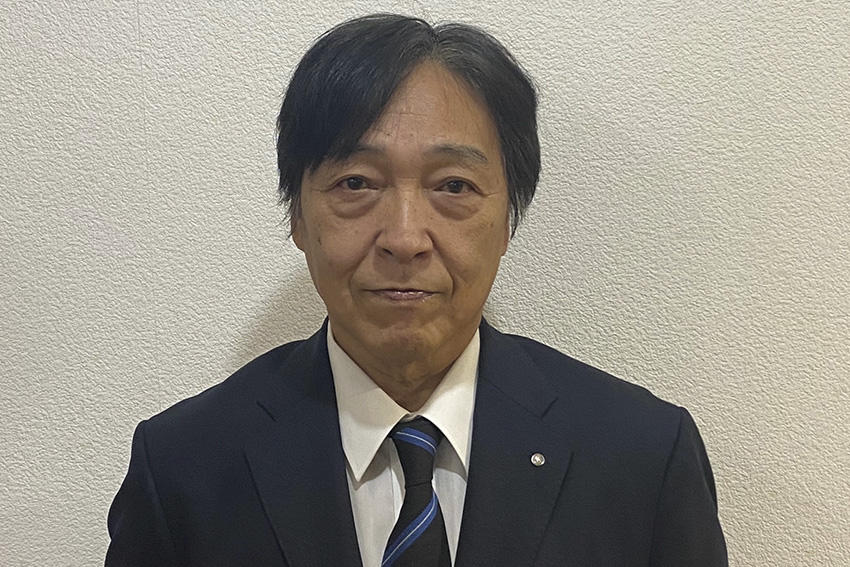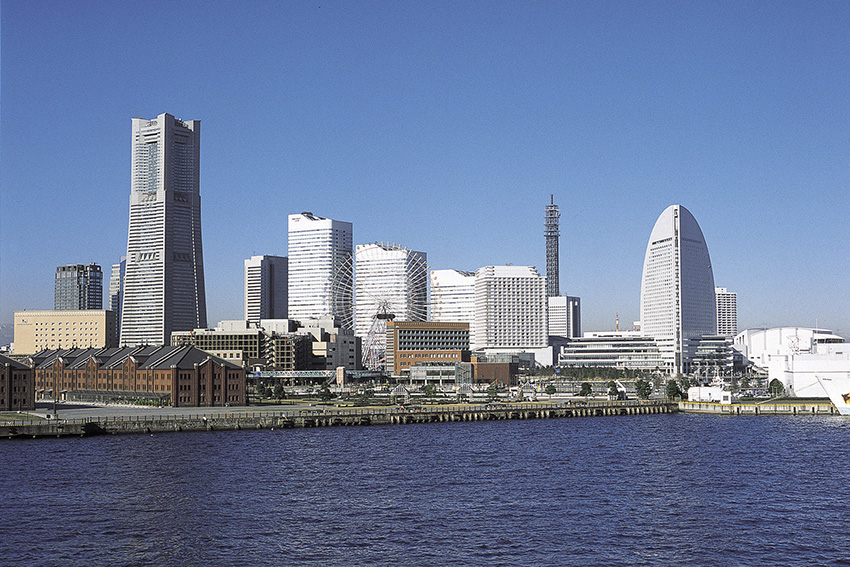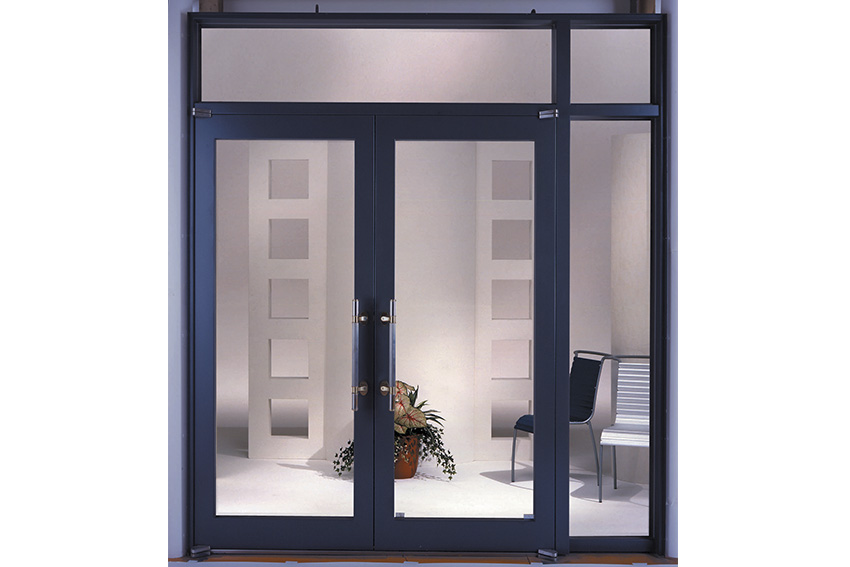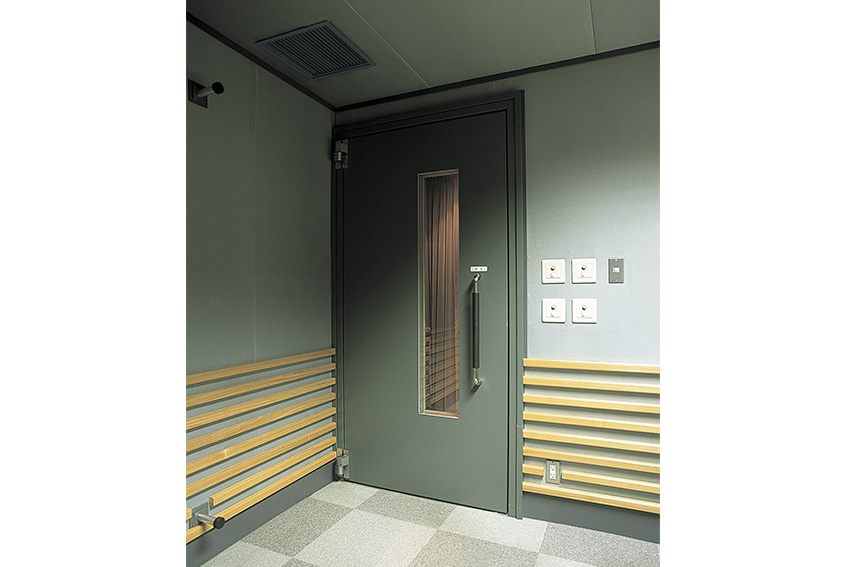Tanaka Sash is pioneering the specialized door industry, revolutionizing fire prevention equipment with its bespoke products and personalized business model.

It is our view that Japan is at a very exciting time for manufacturing. On one hand, we have had major supply chain disruptions in the last three years, caused by the COVID-19 pandemic as well as tension from the China-US decoupling situation. As a result, we are seeing many multinational groups try to diversify their supply chains with a focus on reliability. This is where Japan can enter; a country known for decades of high reliability, trustworthiness, and short lead times when it comes to production. Now, with a depreciated JPY, it is our view that there’s never been a more opportune moment for Japanese manufacturers to meet the pressing needs of this macroeconomic environment. Do you agree with this premise, and why or why not? What do you think are the advantages of Japanese firms in this current economic environment?
We are particularly focused on the domestic market, so if we look at the construction market, we have a variety of projects, especially in the Tokyo metropolitan area, and we are undertaking many contracts over the next few years, especially for the reconstruction of large buildings. There is no problem in terms of transaction volume.
Nevertheless, commodity prices have risen almost twice as much as before due to the depreciation of the yen. This includes the cost of steel and various other raw materials we use in our business. In other words, the future is not necessarily clear blue skies.
Perhaps not surprisingly, Japan has a rapidly aging population, which makes it a challenge for us to retain the human resources we need to keep our businesses running. For us, the challenge is assumed to be that while many business opportunities are coming our way, it is difficult to determine the extent to which we can respond to these opportunities with ample resources. We may find our hands tied, overwhelmed by what needs to be done, and basically backed into a corner, unable to embrace all of the different opportunities that arise.
You mentioned one of the biggest trends happening in Japan right now, of course, the changing demographic situation. Japan is the oldest society in the world with a rapidly declining population. In fact, experts are predicting that the population will drop to under 100 million by 2050, with one in three people over the age of 65. This is causing a number of issues including a labor crisis you mentioned and a shrinking domestic market. Having said this, what is your firm doing to ensure business continuity and to what extent do you believe that you will have to look overseas to ensure long-term business success?
I think that it is important to bolster the environment for immigrants and make Japan more welcoming to skilled laborers from outside of Japan who already have the necessary abilities. We have a worker training policy in place already that enables us to recruit and hire those interested. Here they are provided three years of worker training and in addition to that, we can extend their work here another two years, meaning that these workers can work here for a total of five years. Unfortunately, after those five years, the visa requirements make it quite difficult for them to continue here in Japan. The government is aware of this and they are now looking to create a better legal environment to enable such skilled workers to work here for a longer time since we don’t want their education and training in Japan to go to waste.
Your company provides a wide range of doors and windows, and in particular, you’ve specialized in the manufacturing of general steel doors, fire prevention equipment, and soundproofing doors. You’ve integrated your products into many different types of buildings such as offices, hospitals, hotels, and factories. Among all the different types of equipment you offer, which do you believe has the most growth potential from a business perspective? Are there any new businesses that you would like to cater your products to?
We don’t do anything that is for readymade purposes, instead, everything we manufacture is made to order and customized to the client. This includes the customer right from the blueprint stage all the way to the delivery of the final product. Every single thing is customized so therefore nothing is done in a mass production style.
We don’t cater to mainstream doors for regular homes, and almost all of our projects are for specialized purposes with specialized functions. Let’s take our main product as an example, and that is a fire-proof door that has sensors that can detect fires. In the case of a fire breaking out the doors will close.
Our services go beyond just being a regular manufacturer. Even after the delivery of our product we ensure proper installation of the product and take care of all the requirements needed until the building is open for the public to see.

Yokohama MM21
An important part of your business revolves around fire prevention equipment, windows, and doors. While you provide safety to your clients, manufacturing these kinds of products can be challenging sometimes too. Thermal expansion and reliable seals are just a few of the many factors that you must consider along with having a balance between aesthetics and function. Can you elaborate more about the choices in materials you’ve made and how these choices contribute to the overall fire resistance and durability of these fire doors?
In regards to “Tanafire”, our soft visibility fireproof door, it traces its history back 30 years when our company was really specializing in steel doors. We identified a glassmaker and through a collaboration, we came up with this idea. We went through meticulous inspection and testing processes to reach standardization and the specifications needed to launch such a product. This product is able to incorporate this very special fireproof glass and combine that with our steel door capabilities in order to create this kind of unique product that is transparent, which is essential in the case of a fire so that people can see what is happening behind a set of doors. There is higher visibility, but at the same time, there is the fireproof function of the doors themselves. This connects to the ability to conduct evacuations in the event of a fire as well as improving the efficiency of emergency assistance. This is one of the reasons why it has been widely appraised ever since its launch. It has even become the product of choice among the largest of construction firms, so much so that there are now even copycat products.
You mentioned how the Tanafire traces its history back 30 years, and even today if we understand correctly you have three products under the Tana brand; the Tanafire Plus, the Tanafire F, and the Tanafire P. Could you give us a brief introduction to these three products and the differences between them?
The original prototype was the original type of Tanafire, but in addition to that, we’ve added variations on top over time as a response to very specific needs that have come from our clients. Those general constructors and architectural firms have asked for certain specialized functions for their specific projects. These variations include the level of heat resistance or the level of durability of the glass, all the way to things like soundproofing functions. The differences between these brands come from these functionalities.
Isolation is becoming an important aspect to be taken into consideration when talking about doors and windows. Although the first response would be to think about the energy and environmental aspects, more and more we are hearing about different types of issues including noise pollution. You provide a number of solutions for soundproofing to mitigate noise pollution. Can you explain the specific acoustic design materials and features used in your doors to achieve soundproofing for your clients?
With regards to our soundproof doors, originally the technology involved creating an airtight rubber seal that goes around the door in order to create that soundproofing capacity. This is something that our first soundproofing doors did and we developed the technology around 30-40 years ago. It was actually based on a request from NHK Broadcasting Company for their studio doors. We worked in collaboration with NHK, Fuji Sash, and our company, Tanaka Sash. This resulted in a soundproof studio door that was then installed in all of the studio entrances in the NHK Broadcasting studios around Japan.
From there, it really became an industry standard when it came to studio entrances. This request really came about because up until that point, soundproof doors often functioned with a very heavy lever as the door knob. You had to push, pull, and twist them in a certain way to close it. It happened to be that one of the female newscasters at the time had requested a doorknob that was easier to operate, and this inspired the development.
We are very proud of the fact that our doors are not only installed in the emblematic NHK headquarters in Shibuya but also play a very important role in NHK buildings around the country. Within those buildings not every door will be soundproof, so the other doors are often Tanafire doors. You can see our work being well represented throughout these NHK buildings.
How do you address the potential gaps or leaks that you can find around the frame or hinges that might compromise the door’s soundproofing capabilities?
Well, we pride ourselves on the accuracy and precision with which we manufacture these products. Furthermore, the business structure that we have in place is one where we take care of everything until the final delivery of the product to our clients at which point we also have very skilled workers and engineers taking care of the final tuning that is required before the handover of the product to the client. We are able to ensure a perfect product is delivered.
How the rubber is adhered to the door and how that seal performs are just a few of the important factors we cover. Everything needs to be constantly inspected until the final handover.
Do you also provide maintenance services for your clients?
We have a special department that takes care of maintenance. We also have an independent department that handles renewal projects for buildings that require upgrades.

TANAFIRE (Firedoor with heat-resistant glass)
When we’ve interviewed other key players in the industry they have mentioned the importance of participating in open innovation or finding local partners as a way to unlock international markets. What role do partnerships play in your business model and are you currently looking for any new partnerships in overseas markets?
When it comes to one aspect of how we conduct business, specifically the design division, we work together with a Chinese firm that conducts mechanical drawings and blueprint drawings.
In terms of further penetration into the Chinese market and further penetration there, we see a need for a ready-made market. That Chinese firm I mentioned just now takes care of a lot of ready-made products. If the demand for fireproof and soundproof doors rises then we will look for technical partnerships and opportunities to enable us to further enter the market in the pursuit of sales, manufacturing, and the installation of our doors in China.
We know that you’ve expanded internationally with an office in China. Where would you like to continue this international expansion beyond China and what strategies will you employ to do so?
With regard to our business strategy, we do know of many in the industry who have expanded overseas to China and then expanded even further abroad. I think this is in pursuit of cheaper labor costs, so that is why you are seeing a lot of Japanese firms expand to places like Vietnam and Myanmar in recent years.
In our case, we don’t have any immediate or even short-term plans to expand overseas, rather strategically we are looking to extend our foundations and our name value within the domestic market first. To that end, the aspect of human resources is our major priority.
As a company that has participated in such a wide range of projects, which is your favorite?
It would have to be the Yokohama Landmark Tower. I was in charge of the engineering of that project. We were such a small company at that time, and I remember working together with a general construction company that was overseeing the entire project. I remember joining meetings and it brings back a lot of fond memories. Even though it took a lot of time, and it was meticulous work, now every time I pass the Landmark Tower it reminds me of the achievement that was made back then. So much work goes into landmarks such as this and I am grateful for the opportunity to work on such a project that was foundational to my own career.

Broadcast studio door
What is next for Tanaka Sash Industry? What are your goals for the next few years to come?
As a 103-year-old company, we’ve been able to grow to this point with our main product, steel doors only. However, when I consider if we are able to continue this firm to 200 years and beyond with just steel doors, I think the answer is no. When looking at our growth strategy, rather than really looking to see how we can expand the volume of our profits I am more interested in looking at the extent that we can create a steady management strategy that enables the company to continue to 200 hundred years and beyond.
I push the directive on my staff that I don’t want them to limit themselves to thinking just about doors. I want them to have ambitions and an enterprising spirit that guides them to challenge all kinds of industries with all sorts of different ideas.
Work is hard and work is a struggle. None of us were brought up thinking that work was going to be a cakewalk. In fact, work often involves a lot of pain and endurance, however even amidst challenges our staff can savor the sense of satisfaction they get from achieving something that really contributes to society. I think that ensuring the work our staff do here is meaningful and brings them fulfillment is the key to long-term sustainability.
0 COMMENTS